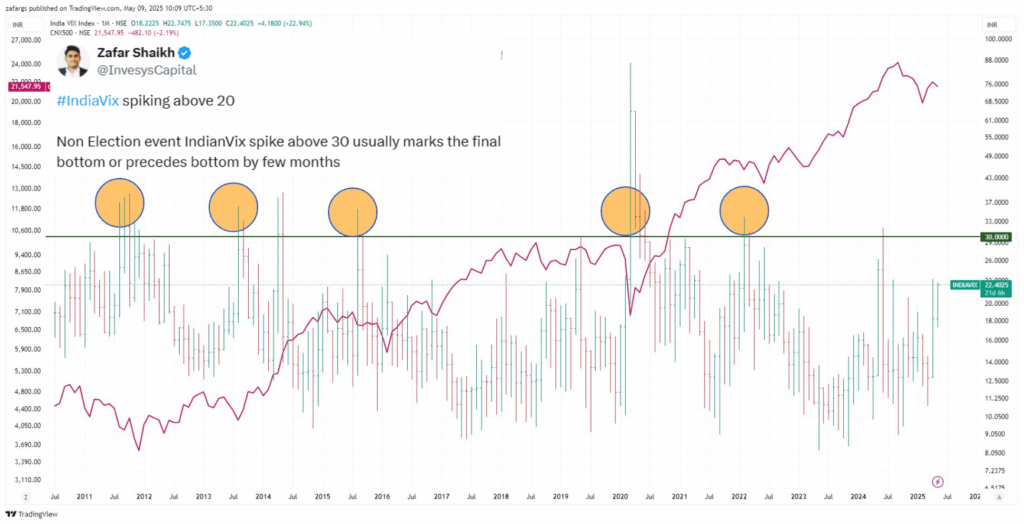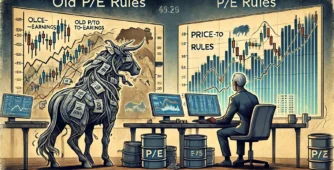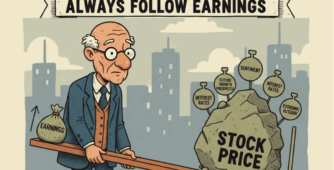Small caps are gaining momentum – are you ready to ride the wave?
While large caps have been in focus, history shows that mid and small caps dominate in strong uptrends.
ENTER MI20 – a powerful strategy that picks the top 20 mid and small cap stocks from a universe of 400. It adapts to shifting market leadership, helping you stay with strength.
For a LIMITED TIME ONLY, we’re offering an exclusive offer of a 25% discount on your annual subscription of MI20 !
Offer Code : UPTREND25
Validity : Till 25th May 2025, Sunday
Use the link below to get the auto applied discount on your purchase !
Today, we’re diving into a fascinating market thesis shared by Zafar Shaikh from Invesys Capital. His insights into the behavior of the Indian Volatility Index (VIX) could offer some valuable clues about market bottoms — particularly when the VIX spikes above key levels.
Indian VIX Spikes: A Historical Perspective
Zafar notes that whenever the Indian VIX crosses the 20 mark — and more notably the 30 mark — it often coincides with or precedes significant market bottoms. This pattern is especially compelling when these spikes are not triggered by election-related uncertainty.
Let’s look at the data from the past 14 years to better understand this phenomenon:

- 2011 (Second Half): A spike above 30 preceded a market bottom.
- 2013: Another VIX surge signaled a bottom.
- 2015: Once again, a spike was followed by a market bottom.
- COVID-19 Crash (2020): A sharp spike in the Indian VIX marked the historic bottom.
- 2022: Yet another spike lined up with a notable market low.
- Recent Spikes (Post-2022): There have been more recent surges in the VIX, each potentially aligning with market troughs.
While there was a spike that might have been a false alarm, the general trend has held strong — VIX spikes tend to precede or coincide with key turning points in the market.
The CNX500 and the Volatility Indicator
The red line on the chart Zafar referenced represents the CNX500 index. When mapped alongside the Indian VIX (shown on the left-hand side), a clear inverse relationship is visible — as the VIX peaks, the market (CNX500) tends to bottom out shortly after.
As of now, the Indian VIX remains elevated, in the same region it was in during 2022. This raises an important question: Are more spikes ahead?
What’s Next for the Market?
Zafar is cautiously optimistic. He suggests that the recent lows seen at the beginning of 2025 could turn out to be significant market floors. With trade tensions appearing to ease, the environment may begin to stabilize, allowing the VIX to cool down.
In such a scenario, the market may consolidate and wait for new triggers — either bullish or bearish — to dictate its next major move.
Final Thoughts
This thesis presents a compelling case for using the Indian VIX as a predictive tool for market timing. While it’s not foolproof, the historical correlations are hard to ignore.
What do you think? Could the early 2025 lows be a lasting bottom? Will the Indian VIX return to calmer levels, or are we in for more volatility?
SHARE your thoughts in the comments below. Thanks for reading!
WeekendInvesting launches – The Momentum Podcast
This episode of The Momentum Podcast unpacks 15 years of investing experience!
We cover:
✅ Early investing mistakes and learnings
✅ Navigating market fluctuations (including the 2020 crash)
✅ The transition from direct stock picking to managed funds
✅ The role of momentum investing in long-term strategy
✅ Key takeaways for building a resilient investment portfolio.
Whether you’re new to investing or looking to refine your approach, this episode is packed with practical advice!










